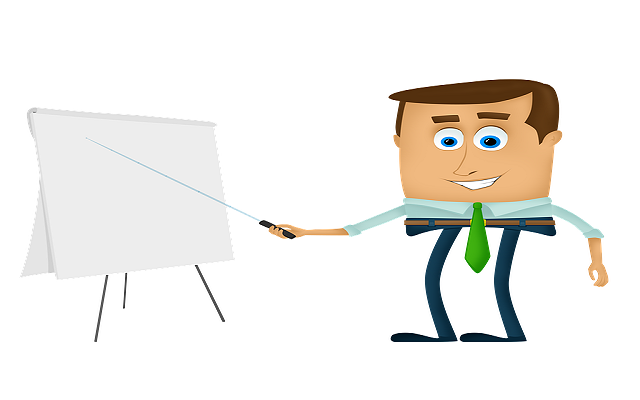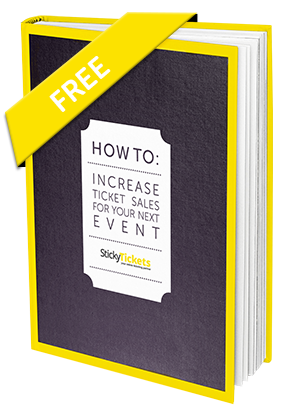How to Grab and Keep Audience Attention

It’s no secret that our attention spans are becoming shorter and shorter, so the task to keep your audience engaged has become much harder. Look at the amount of time the average person spends staring at their mobile device each day, and you will see that you have your work cut out for you…. People no longer want to delve through lots and lots of information to find what we need- they want to be given what matters in small, bite size and relevant pieces while you still have their attention. Therefore, everything you say and do has to be all about capturing and keep your attendee’s attention.
Here’s how to grab and keep audience attention…
- Relate to your audience. Talk about something they are interested in, and use case studies to show how it is relevant.
- Highlight the benefits. Start off by explaining the benefits of the presentation, and why they should listen. If you are talking about a somewhat ‘dry’ topic, let them know why they should care about what you are saying, i.e. how this safety information can save the lives of others.
- Using case studies and example. Is also a great way to illustrate and highlight your points, and also adds interest.
- Change it up. There are different ways to change it up, and all of them are vital to keep attendees interested and engaged.
Some examples of ways to change it up are:
- Visually– changing from a flip chart to slide to videos
- Physical– Going from sitting down to standing up around a flip chart, grouping into teams
- Location– Change the focus from the front to the back of the room
- Activity– Changing and adding activities not only changes it up, but requires the input and therefore concentration and attention of attendees. You can change topics, as well as presenters. Change your pace and delivery- silence can also be an effective way of changing it up and creating interest.
· Use breaks. Don’t allow attendees to sit too long. Regular breaks- even for a couple of minutes- can wake people up and create interest. Moving and walking around is a good way to refresh.
· Adapt your content. You may have certain things you would like to talk about and address, however you need to keep in mind the needs and wants of your audience- cut out what is not relevant, and focus on what is.
· Check for cues! Watching your audience is the best way to see if they are still ‘with you’. Staring off into the distance, being fast asleep, or checking out their phone are sure signs that you need to change it up and create some interest!
· Interact. Fostering discussion, debate and asking questions of your audience will keep them on their toes.
· Keep it short. Time is precious to everyone, and no one wants to sit too long. Being brief and only focusing on the important bits will not only keep the attention of your attendees, but they will thank you and gain you big points!
· Find a middle ground. When an attendee is fully engaged, they will not keep checking the time, and they will keep their focus. To achieve this, your presentation requires getting them to think about what you are presenting, ensuring that the content, visuals etc are not too hard to understand (complicated flow charts etc), and not too easy (such as simple bullet points.) In order to do this you will need to know your audience, and find the right balance.
Tailor your presentation not to lecture at your audience, but to engage and make them come away with some positive results in a brief, interesting and informative way. Let us know how you go!



